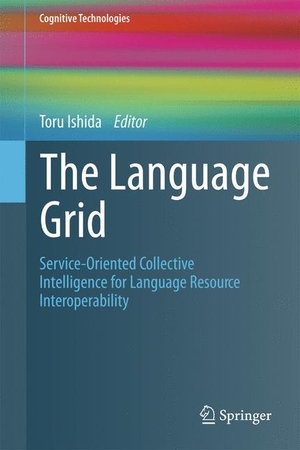Für statistische Zwecke und um bestmögliche Funktionalität zu bieten, speichert diese Website Cookies auf Ihrem Gerät. Das Speichern von Cookies kann in den Browser-Einstellungen deaktiviert werden. Wenn Sie die Website weiter nutzen, stimmen Sie der Verwendung von Cookies zu.
Cookie akzeptieren
The Language Grid
- Springer Berlin Heidelberg
- 2011
- Gebunden
- 316 Seiten
- ISBN 9783642211775
There is increasing interaction among communities with multiple languages, thus we need services that can effectively support multilingual communication. The Language Grid is an initiative to build an infrastructure that allows end users to create composite language services for intercultural collaboration. The aim is to support communities to create customized multilingual environments by using language services to overcome local language barriers. The stakeholders of the Language Grid are the language resource providers, the language service users, and the language grid operators who coordinate the former. This book includes 18 chapters in six parts that summarize various research results and associated development activities on the Language Grid.
Mehr
Weniger
zzgl. Versand
in Kürze